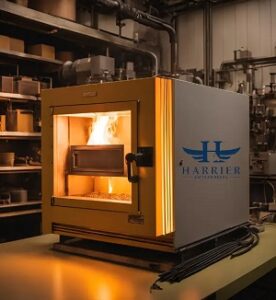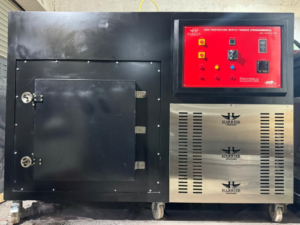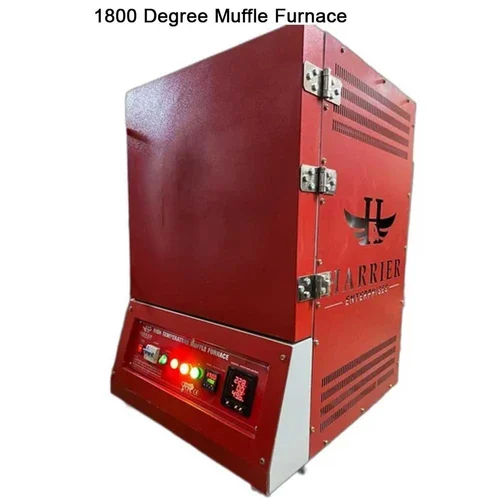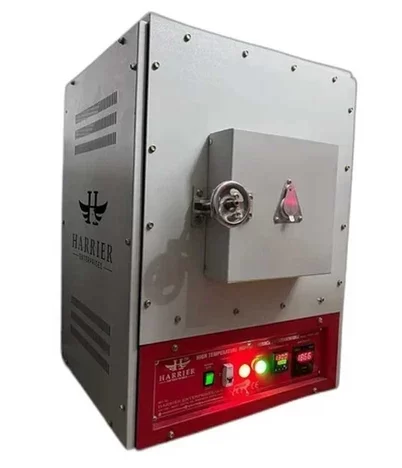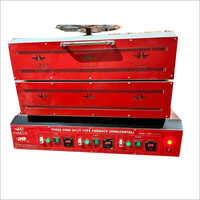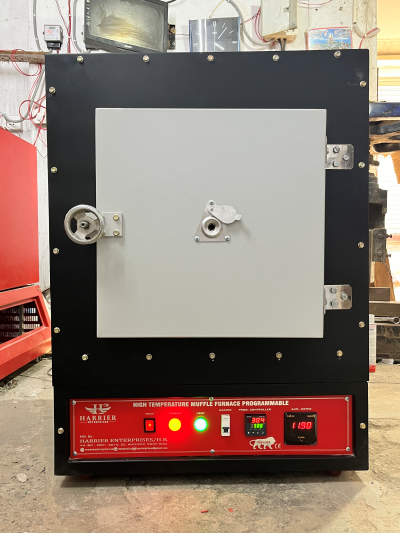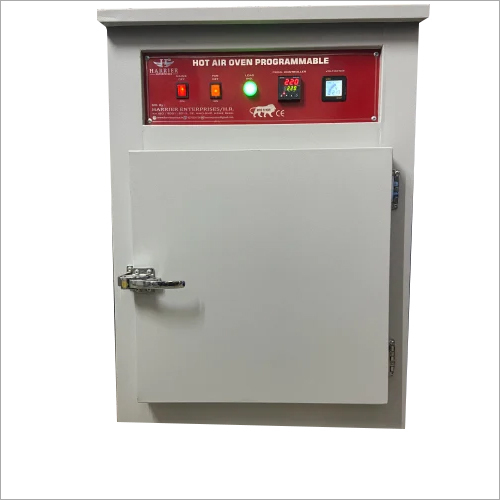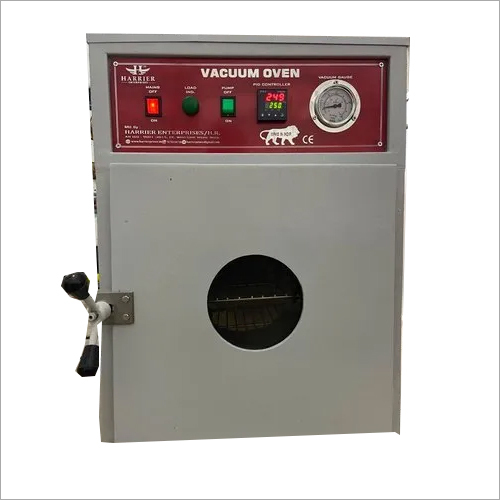Maintaining an aseptic environment is the primary requirement of tissue culture labs. Multiple strategies are put in place by tissue culturists to avoid any harmful contaminants. In this blog we are explain difference between hot air oven and autoclave. Sterilization is a crucial process in various fields, including microbiology, pharmaceuticals, healthcare, and laboratories, to ensure that instruments, equipment, and media are free from harmful microorganisms. Among the most common sterilization techniques used are the hot air oven and the autoclave.
What is a Hot Air Oven?
A hot air oven is a device used for dry heat sterilization. It works by exposing items to heated air in an enclosed chamber, typically at temperatures ranging from 160°C to 180°C. This process kills microorganisms, including bacteria, fungi, and viruses, by denaturing their proteins and disrupting their cellular structures. But did you know a hot air oven can also be used to sterilize some of the lab equipment? Yes, they aren’t common to hear but they also have some contribution to maintain the aseptic condition for tissue culture processes.
Hot air ovens are commonly used in laboratories, pharmacies, and industrial settings for sterilizing glassware, metal tools, powders, and other materials that do not react adversely to high temperatures or dry heat. The sterilization process can take anywhere from 1 to 2 hours, depending on the type of material and the temperature used.
What is an Autoclave?
An autoclave is a machine used to carry out industrial and scientific processes requiring elevated temperature and pressure in relation to ambient pressure and/or temperature. The steam is generated inside a sealed chamber, where the temperature typically reaches 121°C (250°F) at 15 psi pressure. This combination of heat and pressure destroys microorganisms by breaking down their cell walls, proteins, and nucleic acids. Many autoclaves are used to sterilize equipment and supplies by subjecting them to pressurized saturated steam at 121 °C (250 °F) for 30–60 minutes at a gauge pressure of 103 kPa depending on the size of the load and the contents.
Key Differences Between Hot Air Oven and Autoclave
1. Sterilization Method
The most significant difference between a hot air oven and an autoclave lies in the method of sterilization.
- Hot Air Oven: Uses dry heat to kill microorganisms. The dry heat gradually transfers heat to the objects placed inside the oven, leading to microbial destruction.
- Autoclave: Uses moist heat in the form of steam under pressure. The steam penetrates materials quickly and more efficiently, making it a faster sterilization method.
2. Sterilization Time
Due to the differences in how heat is transferred, the sterilization times for a hot air oven and an autoclave differ significantly.
- Hot Air Oven: Takes a longer time to achieve effective sterilization, usually between 1 to 2 hours, as dry heat is less efficient at penetrating materials compared to steam.
- Autoclave: Has a much faster sterilization cycle, typically between 15 to 30 minutes. The pressurized steam accelerates the heat transfer and sterilization process.
3. Temperature and Pressure
Temperature and pressure are critical factors in sterilization efficiency.
- Hot Air Oven: Operates at a relatively higher temperature, ranging between 160°C and 180°C, and does not use pressure in the process. This makes it less efficient at sterilizing materials with complex shapes or porous surfaces.
- Autoclave: Operates at a lower temperature, usually around 121°C, but uses high pressure (15 psi) to increase the efficiency of steam penetration. This pressure makes autoclaves suitable for sterilizing a wide variety of materials, including liquids and heat-sensitive items.
4. Material Compatibility
Not all materials can withstand the same conditions of heat and pressure. Hence, the suitability of each sterilizer depends on the material being sterilized.
- Hot Air Oven: Suitable for dry, heat-resistant materials, such as glassware, metal instruments, and powders. It is not recommended for items that can absorb moisture or are prone to damage from dry heat.
- Autoclave: Suitable for sterilizing a broader range of materials, including heat-resistant plastics, fabrics, liquids, and even complex medical instruments. The moist heat is gentler on materials compared to dry heat, making it ideal for items that can’t withstand the prolonged exposure to high temperatures in a hot air oven.
5. Applications
Both sterilizers are used across various fields but have distinct applications based on their sterilization mechanisms.
- Hot Air Oven: Commonly used in microbiology and pharmaceutical laboratories to sterilize glassware, metal tools, powders, and other dry, heat-resistant materials. It is also used in industries that require dry heat for sterilization purposes, such as the food industry.
- Autoclave: Frequently used in medical, healthcare, and laboratory settings to sterilize surgical instruments, medical equipment, culture media, and liquids. Autoclaves are essential in hospitals for sterilizing tools and for ensuring that items used in surgeries are completely sterile.
6. Cost and Maintenance
- Hot Air Oven: Generally less expensive than autoclaves and requires less maintenance due to its simpler design. However, its longer sterilization cycles and limited material compatibility can make it less versatile.
- Autoclave: Tends to be more expensive because of the advanced technology and components needed to generate and maintain high pressure and temperature. Regular maintenance is essential to ensure its functionality and prevent malfunctioning.
In summary, both the hot air oven and autoclave are valuable tools in the sterilization process, but their differences make each one suitable for specific applications. A hot air oven is ideal for dry, heat-resistant materials that can endure long sterilization cycles, while an autoclave is more versatile, faster, and suitable for a wider variety of items, especially those requiring moist heat.
Understanding the distinct advantages and limitations of each sterilization method is crucial in choosing the appropriate one for your needs. Whether you are working in a laboratory, healthcare setting, or industrial facility, the right sterilization tool can ensure that the materials you work with remain free from harmful microorganisms, providing safety and reliability in your processes.


